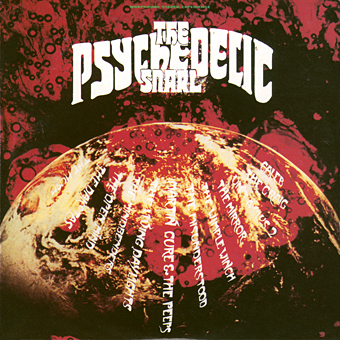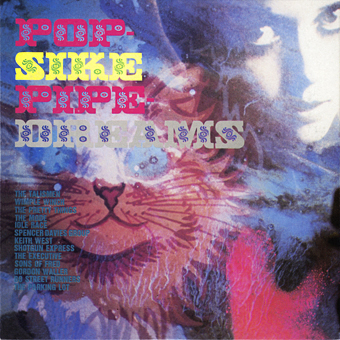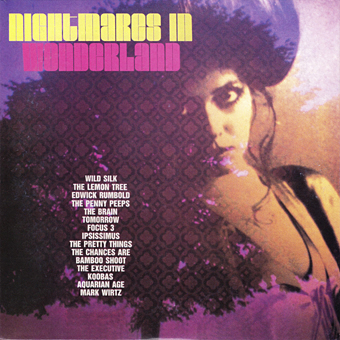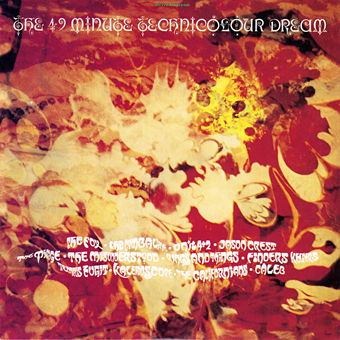The Masque of the Red Death (1932) by John Buckland Wright.
• Thanks to MeadesShrine I’ve been working my way through Jonathan Meades’ television essays so this is timely: The Plagiarist in the Kitchen, an “anti-cookbook” by the man with forthright opinions.
• “‘Decopunk’ deserves to be bigger than Steampunk,” says Sam Reader. I consider my work on Bruce Sterling’s Pirate Utopia to be more Futurist than Deco but the period is right.
• “Celebrating the cinematically surreal, bizarre, cult, oddball, fantastique, strange, psychedelic, and the just plain WEIRD!”: 366 Weird Movies
But Fascism is also a political and economic system. Why, then, cannot we have a clear and generally accepted definition of it? Alas! we shall not get one—not yet, anyway. To say why would take too long, but basically it is because it is impossible to define Fascism satisfactorily without making admissions which neither the Fascists themselves, nor the Conservatives, nor Socialists of any colour, are willing to make. All one can do for the moment is to use the word with a certain amount of circumspection and not, as is usually done, degrade it to the level of a swearword.
George Orwell discussing the imprecise application of the “F” word
• At The Psychedelic Museum, a report on this month’s art show, Alice’s Adventures in Underground Culture.
• M. John Harrison announces a new story collection which will be published later this year by Comma Press.
• Mixes of the week: Iceland: Foreboding Joy by Abigail Ward, and Secret Thirteen Mix 211 by Fluxion.
• Daisy Woodward on how LSD adventures inspired John Waters’ Multiple Maniacs.
• More Moomins: Graeme Miller talks to Patrick Clarke about his soundtrack music.
• Some recent cultural highlights as chosen by Timothy J. Jarvis.
• Benge presents a list of his favourite electronic albums.
• Is this the underground Everest?
• Strange Things Are Happening (1968) by Rings & Things | Strange Magic (1975) by Electric Light Orchestra | Strange (1977) by Wire |





